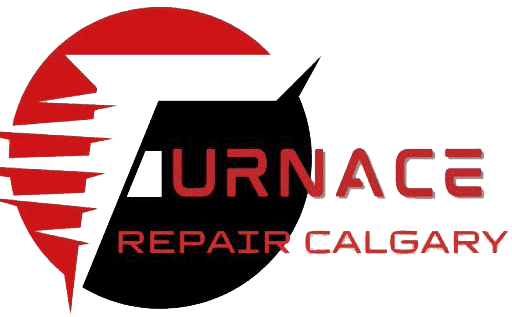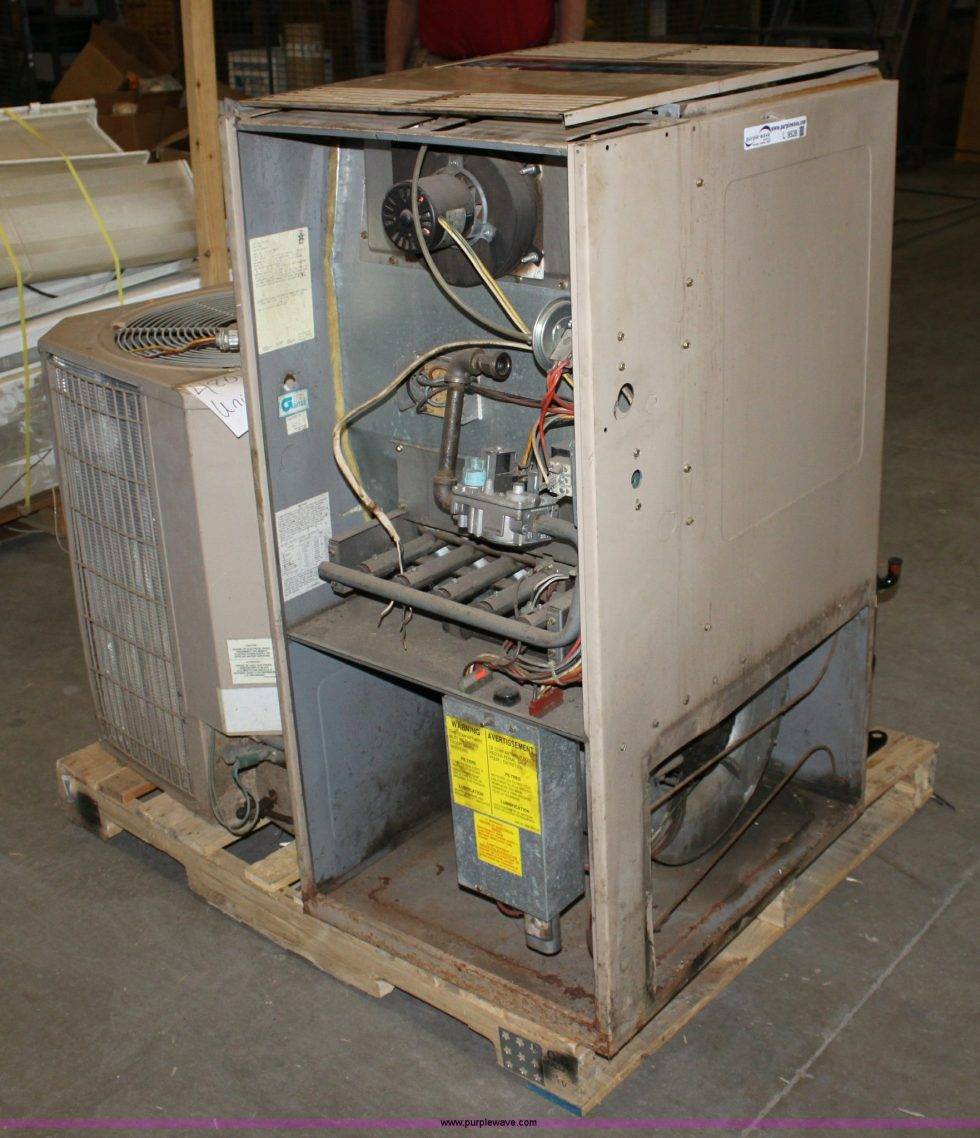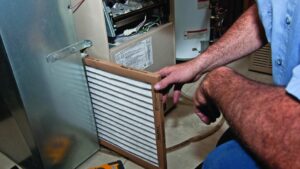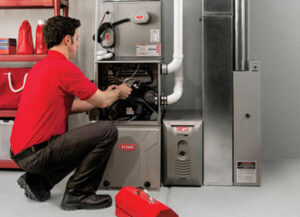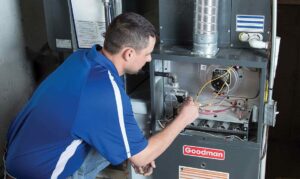How Does a Natural Gas Furnace Work?
How does a natural gas furnace work? Modern furnaces are capable of using different fuels to heat our spaces. While electric and solar models are gaining momentum super-fast, natural gas furnaces are still a popular choice. Furnaces installed 10 to 15 years ago are most likely fueled by natural gas or electricity. Natural gas furnaces work differently from electric and solar furnaces.
So, how does a natural gas furnace work? The following is a preview of the working mechanism of natural gas furnaces and everything else you should know.
Are you wondering when you need to call in a professional for a furnace tune-up? Most experts say that you need to tune up your furnace annually. The proper answer is that it depends.
How Does a Natural Gas Furnace Work?
The hot air released from gas furnaces is a combined effort by multiple components. Simply put, the work of a natural gas furnace depends on its numerous components’ efficiency. Here are the many natural gas furnace components and the role they play to facilitate the system’s ability to keep our interior spaces comfortable:
Is it time to replace your furnace? Read this first…
The Thermostat
The house heating system show begins and ends at the thermostat. It’s the control unit of your furnace, so information must reach it first before going to the heating system. When tuning your HVAC system, the thermostat gets activated and communicates the intended message to your heating system’s control board. The temperature settings you input in your thermostat will be the basics. The HVAC system will cycle to keep your home cooled or heated to your specifications.
Related: Are Annual Furnace Inspections Really Necessary?
The Ignitor
After the thermostat has signaled your gas furnace to get ready to heat and cool your home, the ignitor will automatically ignite. Depending on the gas furnace model, there are two main ignitor types available: pilot light or safe electronic starters. If you have an old model pilot light-run furnace, it will have a regulator. The regular is often essential for supplying controlled gas to maintain the burning flame. The tiny flame then ignites your furnace to heat and cool your spacing. The problem with the traditional ignitor type is that you’re likely to have issues with gas leakage when it wears out.
The modern furnace models use a more advanced electronic starter with a light build filament-like element that works to ignite your furnace’s burner. After inputting the desired temperature in the thermostat, the system’s electronic starter will signal the furnace by sending an electric current to the filament to flare up the natural gas.
Combustion Chamber
The ignitor light will then ignite the combustion chamber of your furnace. It’s in the combustion chamber where oxygen and natural gas get to mix—the oxygen transfers to the combustion chamber via your vent system or draft hood. The venting system as well exhausts the combustion by-products via a flue to the home exterior.
Flues with average efficiency ratings consist primarily f galvanized steel. In contrast, polypropylene is the main material with high-efficiency vents. Installing these flues is easy, and there is not much manual work required to keep them in good shape. Your indoor space’s comfort levels depend mainly on the condition of the combustion chamber. If you keep it clean, most natural gas will be exhausted in the combustion chamber, and the machine will operate efficiently.
Heat Exchanger
The heat exchanger is the last part of the furnace that takes a firsthand role in the home heating and cooling process. The purpose of the heat exchanger is to transfer the heat over the combustion chamber, essentially to create the heated air that will condition your home. Heat exchangers consist of multiple tubes heated by the furnace burners. The work of the tubes is to convey radiant heat to the air via the heat exchanger.
The hot air transfers to the gas furnace motor, distributing it via your home’s air ducting system. The remaining cold air is then returned to the furnace for the cycle to begin again, a process that continues until the thermostat signals the furnace to turn off.
Further Details on How Does a Natural Gas Furnace Work
- Your furnace’s programmable thermostat sends signals to your heating and cooling system. When that happens, the thermostat will make a clicking sound to confirm the successful completion of the sent message.
- The natural gas will then head to the furnace burners located at the center of the gas furnace. Uniquely designed, the burners generate even flames.
- After the burners ignite, the job of the internal sensors is to inspect the burner flames to ensure they stay lit. If not all burners ignited, the internal sensors signal the thermostat to shut down the furnace. Once the system is off, it will remain for several seconds before the thermostat signals a re-ignition.
- If the burners are all lit, they will then heat the furnace’s heat exchanger. As said earlier, the heater exchanger is responsible for efficiently heating the air distributed through your home.
- The heat exchanger will then engage the blower to distribute the hot air throughout your home. The blower is also responsible for circulating air from the old air returns, which is then heated by the heat exchanger and returned to the house through ductwork.
Conclusion
It’s never a bad idea to know how your natural gas furnace works. It’s one of the powerful pieces of information you need to troubleshoot gas furnaces when faulty. The different components of your natural gas furnace play different roles in facilitating the home heating process. In the event one of the furnace components has problems, the whole system may fail. So, by understanding the working mechanism of a gas furnace, you can tell what part has been issued by just putting the furnace on. In many instances, if the thermostat has issues, the whole system won’t ignite, same as when the heat exchanger has problems. For quality and reliable furnace repair and maintenance services, always contact HVAC technicians.
